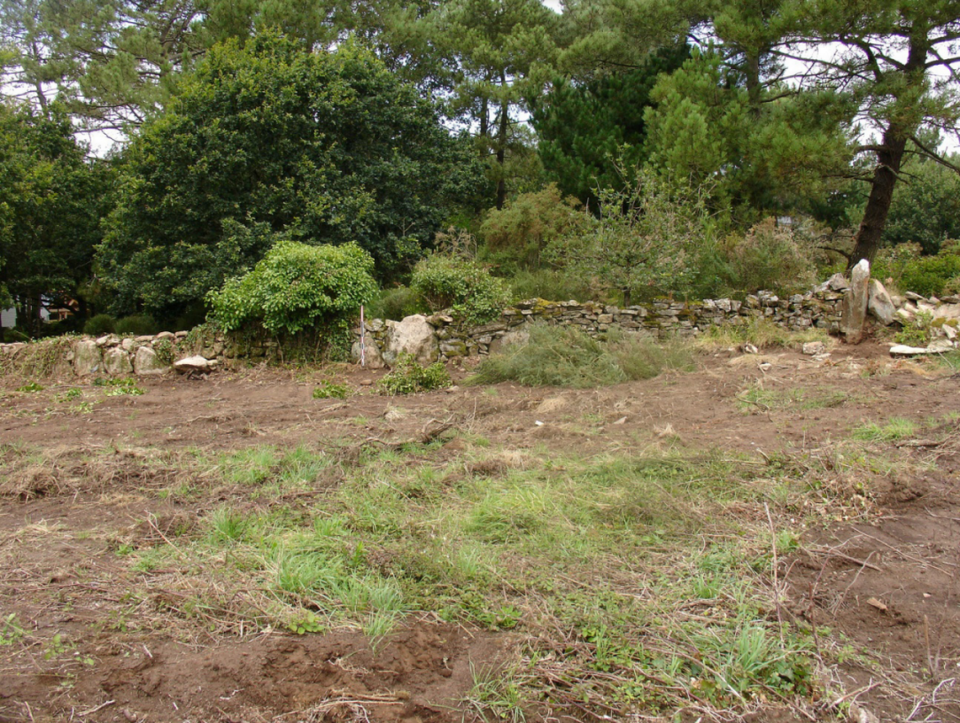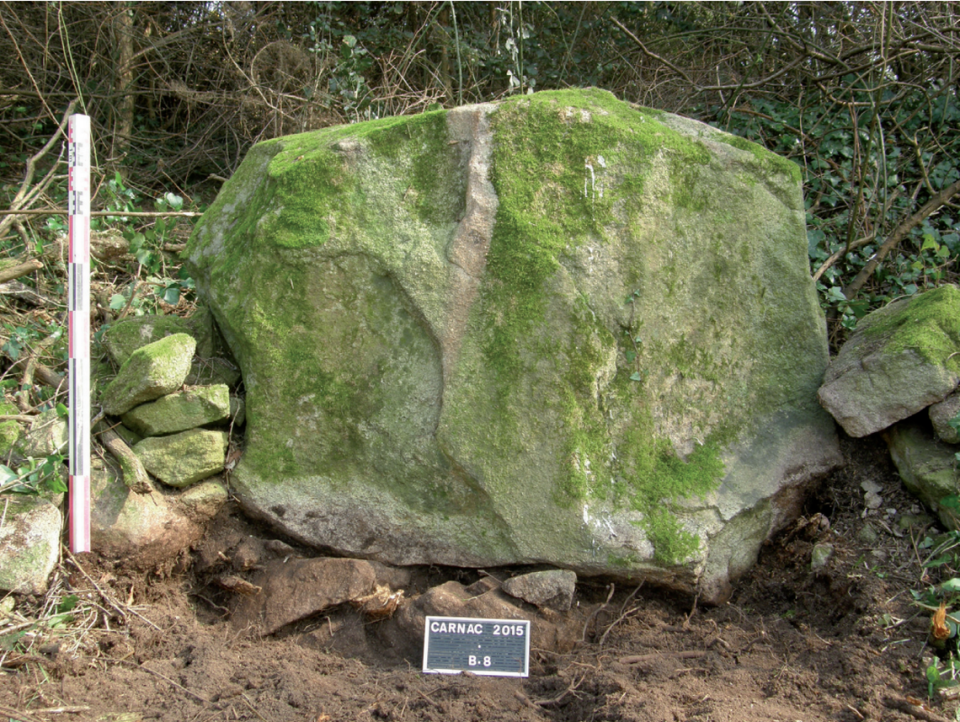Store construction destroys 7,000-year-old structures in France — what went wrong?
Dozens of worn, stone markers stood in the French countryside for millennia. Over time, these mysterious monolithic stones began to blend with their surroundings. Moss covered the slabs, bushes grew around them.
But not anymore.
Store construction destroyed the 7,000-year-old structures, leaving the rocks in a haphazard heap. What went wrong?
The Chemin de Montauban site in Carnac is near an iconic collection of 7,000-year-old megalithic stone monuments, according to Carnac’s tourism officials. The area has almost 3,000 megaliths, also known as menhirs, stretching in rows across almost four miles.
The site’s megaliths may have been sacred monuments or funeral grave markers, but no one knows for sure, tourism officials said.

A commercial development company first eyed the now-controversial Chemin de Montauban site in 2015, The Regional Department of Cultural Affairs of Brittany said in a June 7 news release.
That same year, an archaeological excavation found conflicting results. Most of the Chemin de Montauban site had no ruins, according to the final report from the French National Institute for Preventive Archaeological Research.
But archaeologists eventually reported finding something unexpected: 38 stone markers from the Neolithic age.
Could this be another unprecedented megalithic site in Carnac? Archaeologists asked the question but could not determine its answer without further excavations.

The 2015 application for a building permit at the mysterious site was denied for reasons unrelated to archaeology, officials said in the June release.
The Chemin de Montauban site would remain as is — for a while. It was listed as a heritage location by French authorities and included in a preliminary UNESCO World Heritage application for megalithic sites in the Carnac area, the French news outlet West France reported.
The same commercial development company again applied for a building permit at the Chemin de Montauban site in 2022, officials said.
This time, the permit was approved and construction began on a DIY home goods store, Mr. Bricolage.
Photos shared by the organization Sites and Monuments on Twitter show the construction work at the Chemin de Montauban site.
#Carnac : "Mr Bricolage" contre les menhirshttps://t.co/Rd74Cl7cwi pic.twitter.com/Ke1mkivI4a
— Sites & Monuments (@SPPEF) June 7, 2023
“The site has been destroyed,” Christian Obeltz of the Sites and Monuments organization told AFP.
The standing stones “have been lost,” he said.
Google Street View images from April show a large pile of what appears to be the monolithic stones. The rocks are heaped together and sitting near the roadside.
Permis du "Mr Bricolage" de #Carnac déposé au nom d’une "SCI des menhirs" et d’une "SAS bricodolmen" À lire ici https://t.co/Rd74Cl7cwi pic.twitter.com/HEk9P0me3c
— Sites & Monuments (@SPPEF) June 8, 2023
Obeltz expressed his anger with the destruction and the town’s approval of the construction project in a series of blog posts.
The town mayor, Olivier Lepick, told The Local, a French outlet, that he did not know the construction site was a heritage site nor that it had been included in the UNESCO application. The site was zoned as a commercial area, Lepick said, which “must have been an error.”
Cultural affairs officials also defended their decision to allow the DIY store’s construction.
“Given the uncertain and in any case non-major character of the remains, as revealed by checks, damage to a site of archaeological value has not been established,” cultural affairs officials said, per AFP’s translation.
The development company told AFP it “sincerely regretted the situation” but noted the construction project was approved.
Still, locals have expressed their anger at the destruction of an ancient site and the apparent mistakes that led up to it, The Local and West France reported.
The Chemin de Montauban site along the road ZA de Montauban is between the towns of Carnac and Montauban. This area is about 290 southwest of Paris and along the eastern coastline of France.
Google Translate was used to translate the news release from The Regional Department of Cultural Affairs of Brittany, report from French National Institute for Preventive Archaeological Research (Inrap), Twitter and blog posts from Sites and Monuments and article from West France.
Ancient drawings — including 250-foot-long pair of legs — discovered in Peru desert
Fluorescent green waters in Tunisia spark concerns — but there’s a simple explanation
‘Countless’ offerings to ancient Greek god unearthed from island temple. Take a look

